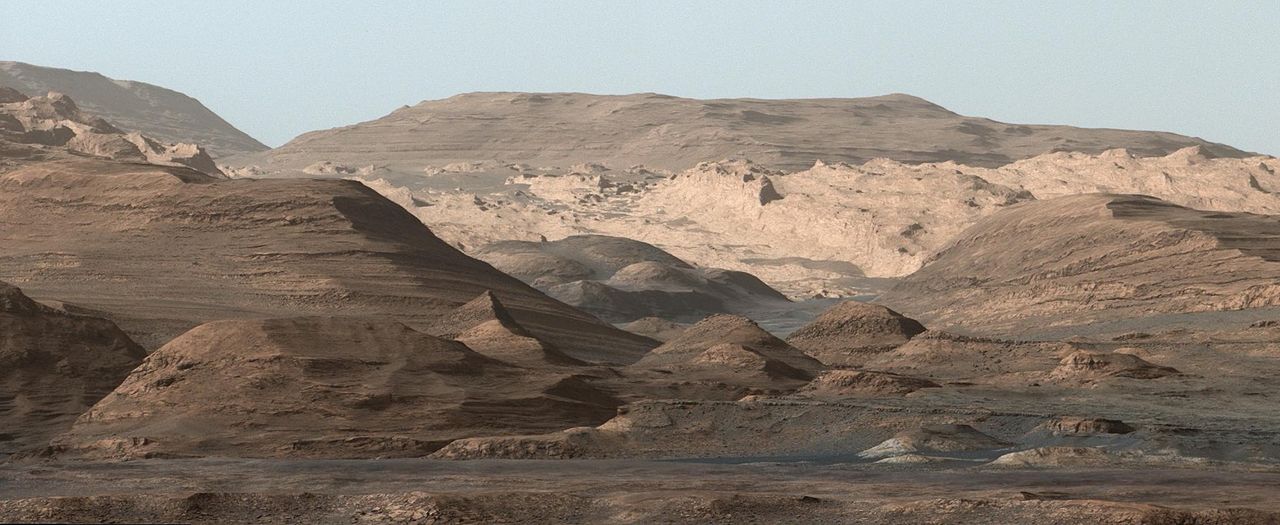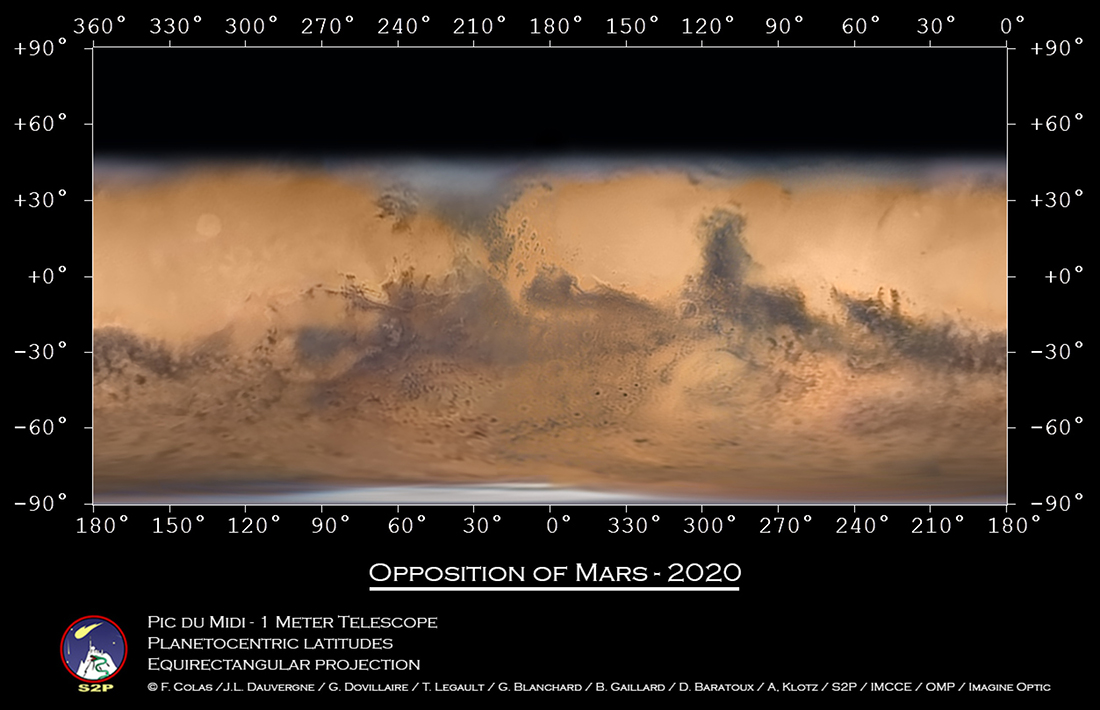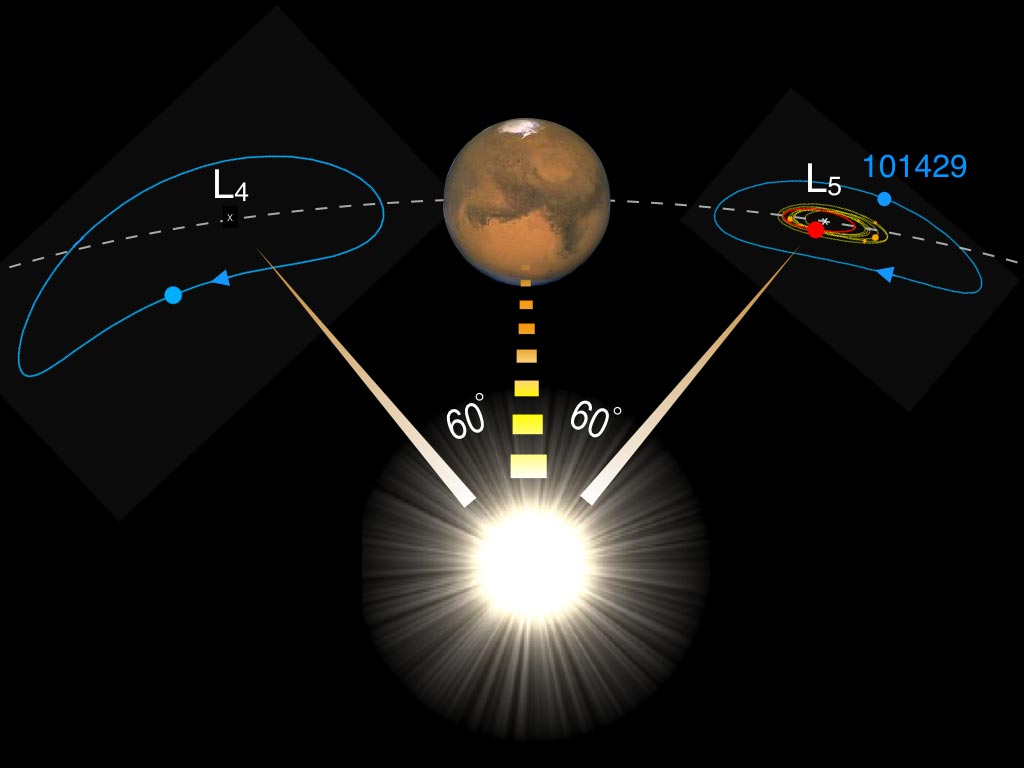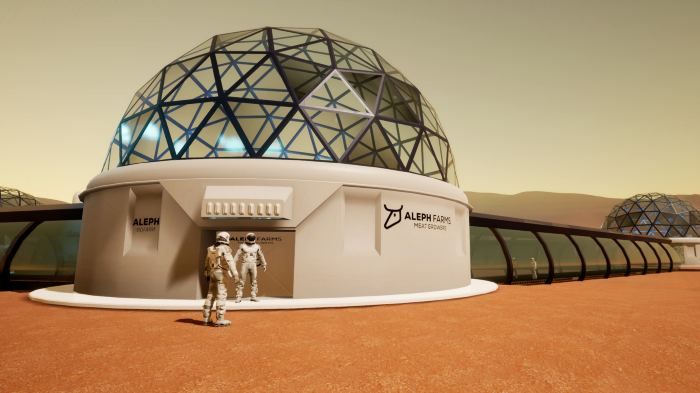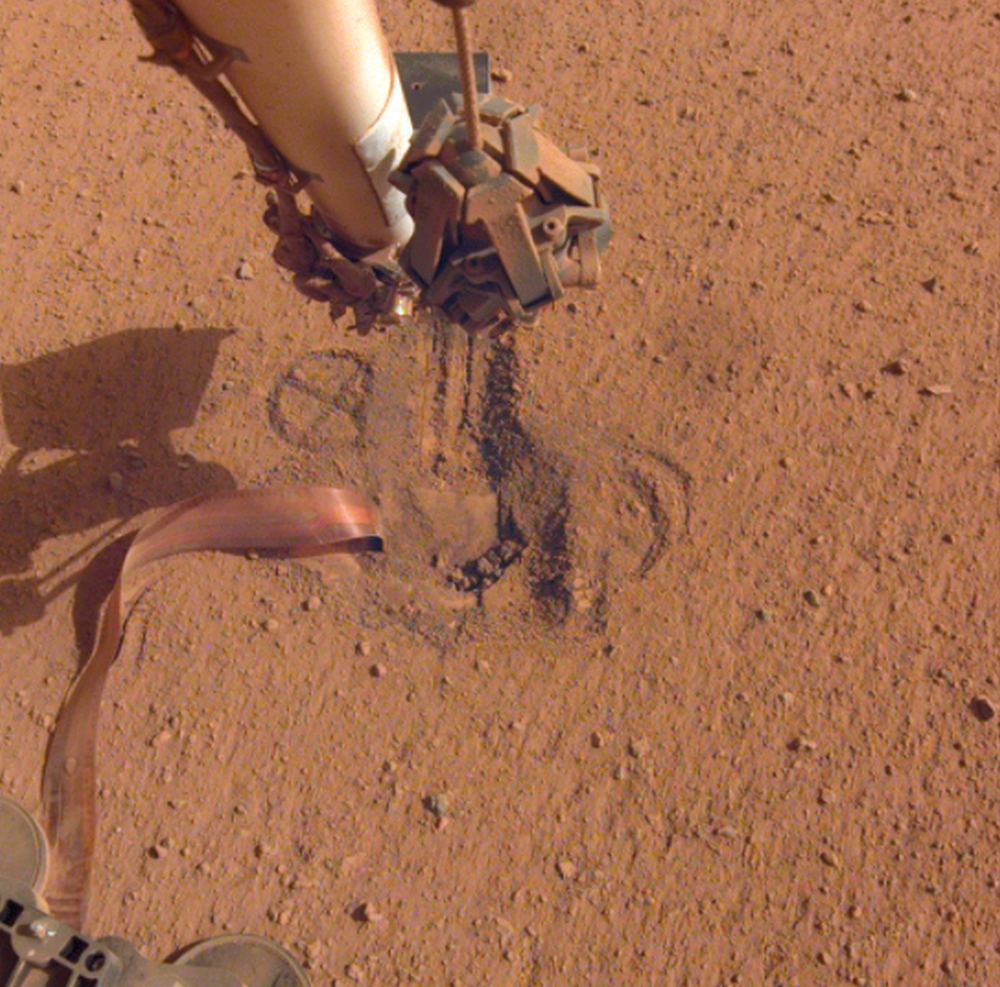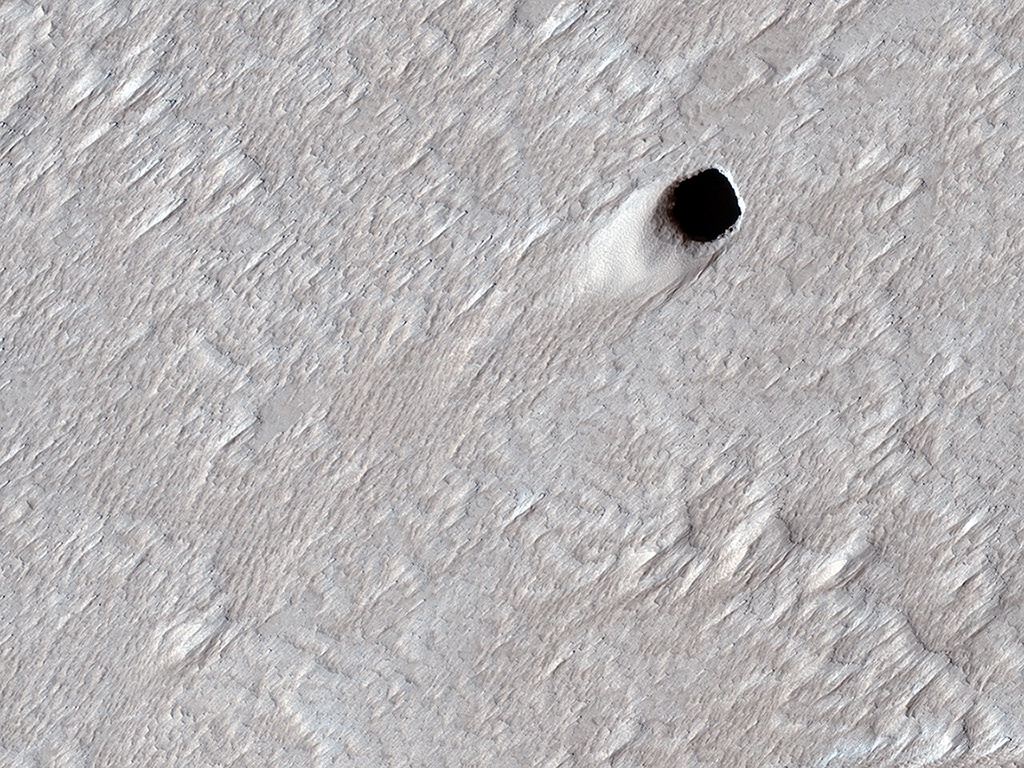Thanks to multiple robotic missions that have explored Mars’ atmosphere, surface, and geology, scientists have concluded that Mars was once a much warmer, wetter place. In addition to having a thicker atmosphere, the planet was actually warm enough that flowing water could exist on the surface in the form of rivers, lakes, and even an ocean that covered much of the northern hemisphere.
According to new research based on data collected by NASA’s Curiosity mission, it appears that the Gale Crater (where the rover has been exploring for the past eight years) experienced massive flooding roughly 4 billion years ago. These findings indicate that the mid-latitudes of Mars were also covered in water at one time and offers additional hints that the region once supported life.
Continue reading “At One Time, This Region of Mars was Inundated by a “Megaflood””
